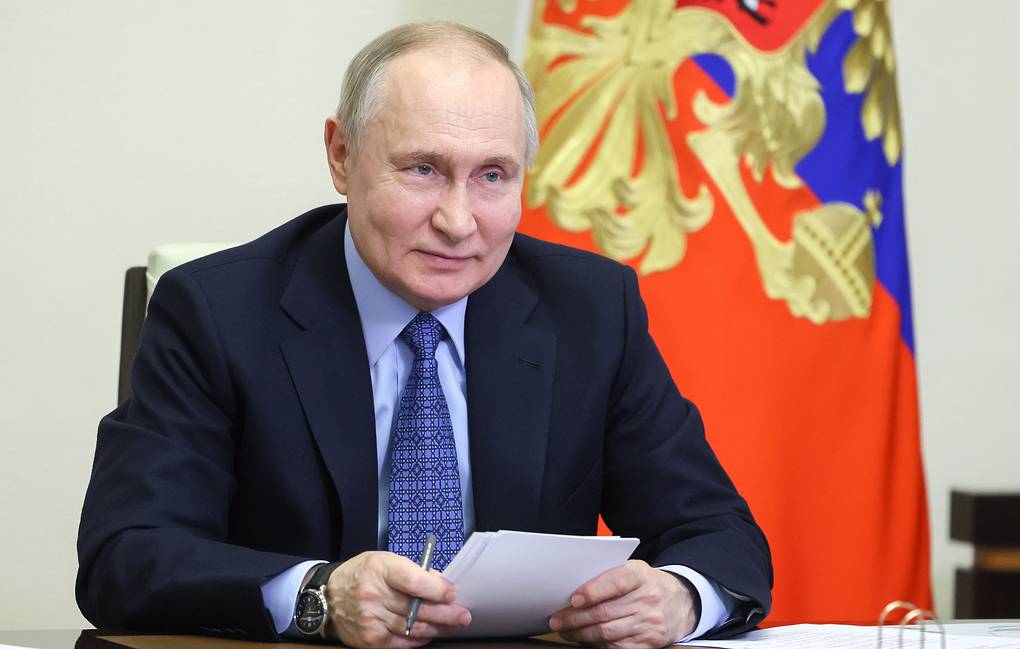
Russian President Vladimir Putin signed a decree on Tuesday that outlines a new nuclear weapons policy, allowing Russia to use nuclear force against a non-nuclear state if that state is supported by nuclear powers.
This move comes on the 1,000th day of Russia’s ongoing military campaign in Ukraine and follows the U.S. decision to grant Kyiv permission to use long-range missiles to target Russian military sites. The updated doctrine establishes that Russia would view an act of aggression by a non-nuclear state, if backed by a nuclear power, as a “joint attack” — a direct reference to Ukraine and its Western allies.
Kremlin spokesman Dmitry Peskov explained that the policy shift was necessary to align Russia’s defense strategy with the evolving geopolitical situation. “It was important to update our principles in accordance with the current environment,” Peskov said, calling the new policy a “very important” document that should be studied internationally.
Peskov also reaffirmed that Russia has always considered nuclear weapons a deterrent, to be used only in the most extreme circumstances. “They will only be deployed if Russia feels ‘forced’ to respond,” he added.
Throughout the nearly three-year conflict in Ukraine, Putin has repeatedly raised the specter of nuclear escalation, provoking alarm in the West, which has criticized his rhetoric as reckless.
The updated doctrine also includes provisions for Russia to launch a nuclear response in the event of a “massive” airstrike, even if the attack involves only conventional weapons. Peskov had previously described this as a “warning” to anyone considering involvement in hostilities against Russia.
Additionally, the new policy extends Russia’s nuclear protection to Belarus, its close ally, further expanding Moscow’s nuclear umbrella.
On the 1,000th day of the war, Peskov reiterated Russia’s position, accusing the “collective West” of waging a “war” against Russia and vowing that the Kremlin would continue its “special military operation” in Ukraine until its objectives were achieved.
